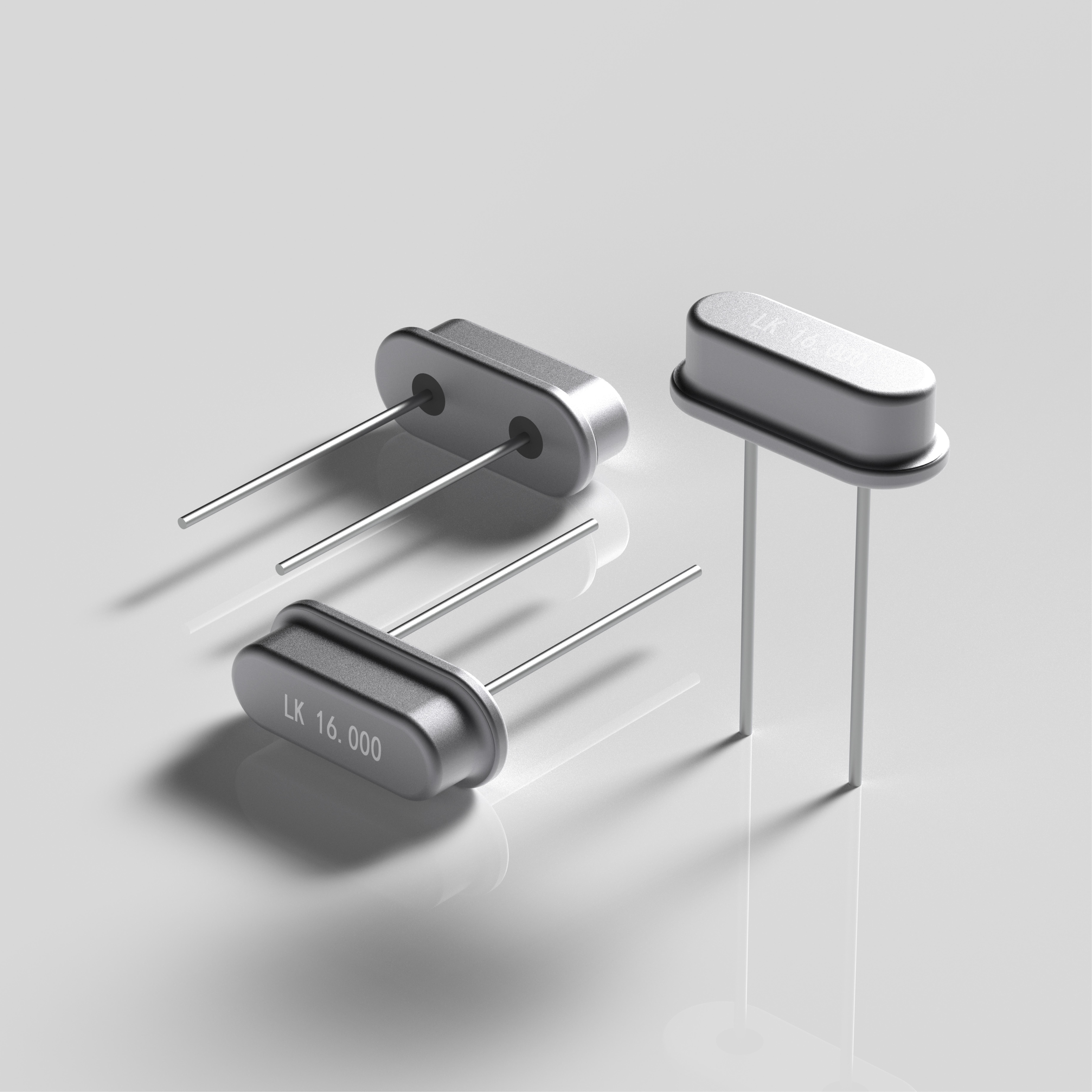In the world of mechanical engineering, pump seals play a crucial role in preventing leakage and maintaining the integrity of fluid systems. Two commonly used types of pump seals are the single pump seal and the double pump seal. While both serve the same purpose, they differ in design, functionality, and application. In this article, we will delve into the intricacies of these two types of pump seals, exploring their differences and understanding when each is most suitable.
- Design and Construction:
Single Pump Seal:
A single pump seal consists of a stationary primary seal and a rotating secondary seal. The primary seal is mounted on the pump housing, while the secondary seal is attached to the pump shaft. This design allows for a single barrier between the pumped fluid and the external environment.
Double Pump Seal:
In contrast, a double pump seal incorporates two sets of primary and secondary seals. The first set is similar to that of a single pump seal, while the second set is positioned closer to the pumped fluid. This arrangement creates an additional layer of protection, enhancing the seal's reliability and performance.
- Functionality:
Single Pump Seal:
The primary function of a single pump seal is to prevent fluid leakage by maintaining a tight seal between the pump shaft and the housing. It is suitable for applications where moderate leakage is acceptable, such as low-pressure systems or non-hazardous fluids.
Double Pump Seal:
A double pump seal offers enhanced functionality by providing an extra barrier against leakage. This design is particularly beneficial in high-pressure systems or when handling hazardous or corrosive fluids. The double seal configuration significantly reduces the risk of leakage, ensuring the safety and integrity of the system.
- Performance and Maintenance:
Single Pump Seal:
Due to its simpler design, a single pump seal is generally easier to install and maintain. However, it may require more frequent monitoring and replacement due to its limited ability to withstand extreme conditions or aggressive fluids.
Double Pump Seal:
The dual seal arrangement in a double pump seal enhances its performance and durability. It can withstand higher pressures, temperatures, and corrosive environments, resulting in reduced maintenance requirements and longer service life. However, the installation and maintenance of a double pump seal may be more complex and time-consuming compared to a single pump seal.
- Application:
Single Pump Seal:
Single pump seals find applications in various industries, including water treatment, HVAC systems, and general-purpose pumping. They are suitable for systems with lower pressure requirements and non-critical fluids.
Double Pump Seal:
Double pump seals are commonly used in industries such as oil and gas, chemical processing, and pharmaceuticals, where the prevention of leakage is of utmost importance. They are ideal for high-pressure systems, hazardous fluids, and critical processes that demand maximum reliability.
Conclusion:
In summary, the choice between a single pump seal and a double pump seal depends on the specific requirements of the application. While a single pump seal offers simplicity and cost-effectiveness, a double pump seal provides enhanced protection and reliability. Understanding the differences between these two types of pump seals enables engineers and maintenance professionals to make informed decisions, ensuring optimal performance and safety in fluid systems.








+ There are no comments
Add yours